Social media is a huge part of shoppers’ lives in the UK. According to Lara Ferris, strategist at social media consultancy We Are Social, an active, engaging social media account is an easy way for convenience store owners to communicate with customers beyond the four walls of their shop.
Here, Ferris gives a five-step guide to succeeding on social, by transforming your relationship with customers from transactional to a true community.
1. Choosing channels
The initial step to creating a social media presence is choosing what channel is right for you. This requires a balance between who your audience is and what sort of content you feel most comfortable creating.
First, consider your customer. Compared to most other social platforms, Facebook skews older, while the likes of Instagram, TikTok and Snap attract younger audiences. If there’s a platform you’re comfortable with from a personal perspective, it would be a good idea to start there.
Next, consider the practicalities of the content that you’re able to make. You don’t necessarily need a professional photographer for Instagram, but you need access to a good camera along with a creative eye. If you’re already social savvy and a fan of experimentation (and it fits with your customer profile, for example, students), then look to TikTok or Snap to offer something different from competitors. If you’re new to social, start with one channel and get that right before you try to expand your portfolio.
2. Page vs group
Facebook is a good channel for those who are newer to creating content and has various options, such as groups and pages. If you’re a larger business and you want to advertise to your customers, a page is a good place to be. It allows you to set up a business presence, record opening hours, publish and promote content, and has a customer service toolkit for your customers to ask questions.
If your store feels more like a community hub than a transactional space, a Facebook group will allow you to converse more with shoppers. You can help frame discussions around key passion points in your community, or let your members take the lead. Active moderation is important to keep conversations on track.
3. Quality, responsive posting
Businesses feel pressured to post constantly on social, but the focus should be on what you say, and whether it resonates with your audience. Set yourself realistic targets to start with: a minimum of three posts a week would suffice for someone new to social, though posting more is fine too.
It’s also important to stay active in the comments. Keep an eye on what’s happening below the line, and reply to customers, whether they’re sharing their love for your store, asking questions or even complaining. Remember, social media is a two-way marketing channel, and if you’re going to be there, you owe it to your community to engage with them.
4. Pay your way
It’s important to learn and adapt your approach as you go. Check how customers are reacting to your posts, and what your engagement levels are like. Optimise your content towards the posts that are receiving the most interactions.
Depending on which platform you’re using, you can take this a step further by allocating a small amount of money to boost your posts in feed, meaning that more people will see these posts each month. This is particularly relevant when you first launch an account and your organic reach is extremely small.
You can set up a plan to do this in two stages - firstly, boosting your posts to the people who already follow you, and secondly boosting your posts to people who you think might be interested. Facebook for Business has some simple tools to help you get started here.
5. Put community at the centre – and have fun
Each convenience store has something unique that roots it to an area. Putting this sense of community front and centre of your social account will help differentiate you from local competitors.
Post content that feels authentic to you, with stories that only you can tell. This could be a behind-the-scenes video of speedy shelf stacking, interviews with your key worker staff, updates of new product arrivals in store, or discounts you want to shout about.
Mix product news to drive footfall with interesting, compelling or entertaining stories to let your personality shine through - people respond to content that doesn’t take itself too seriously. Don’t be bland, and have fun - a business account doesn’t have to be boring.
Ultimately, while it’s useful to have a strategy and editorial plan to guide you before getting started, don’t be afraid to test the waters with new content ideas and see what sticks. Social works best when your heart is really in it. Do what feels right for you.



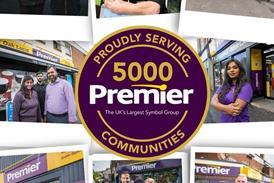







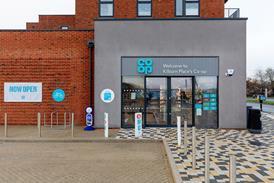










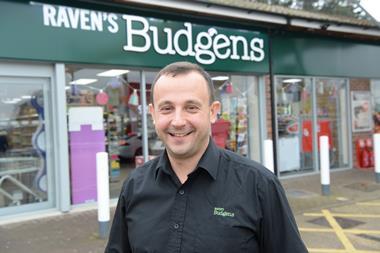






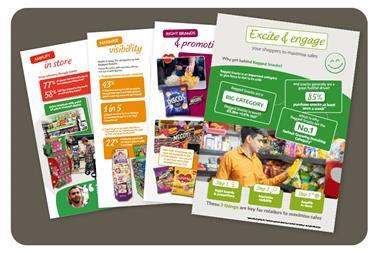

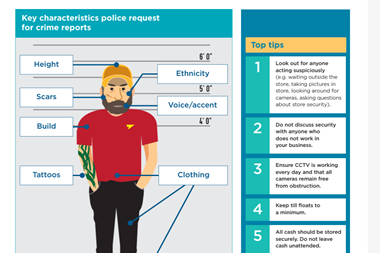

No comments yet